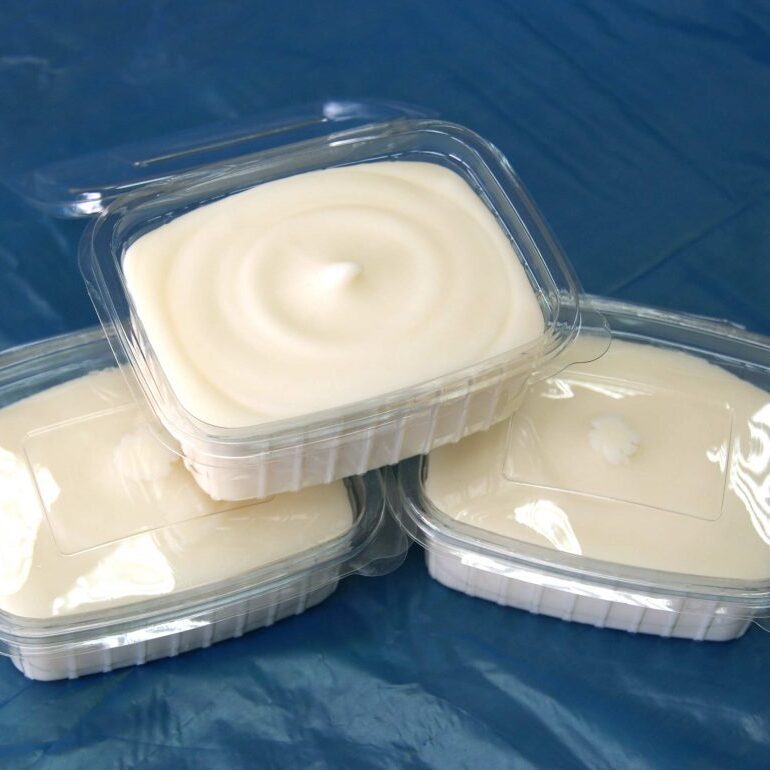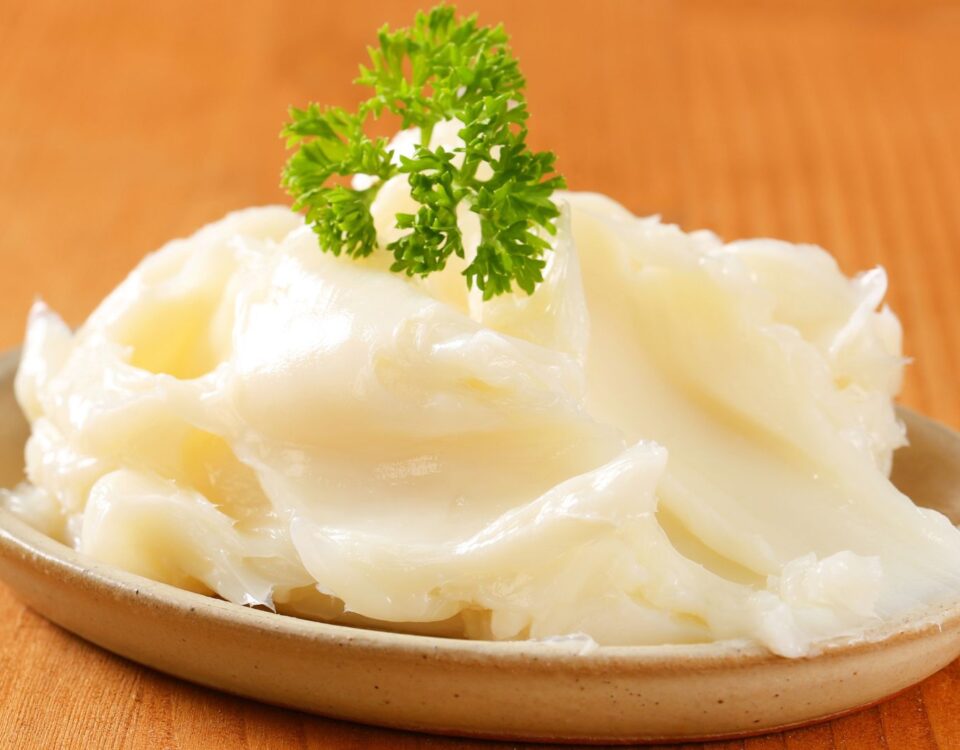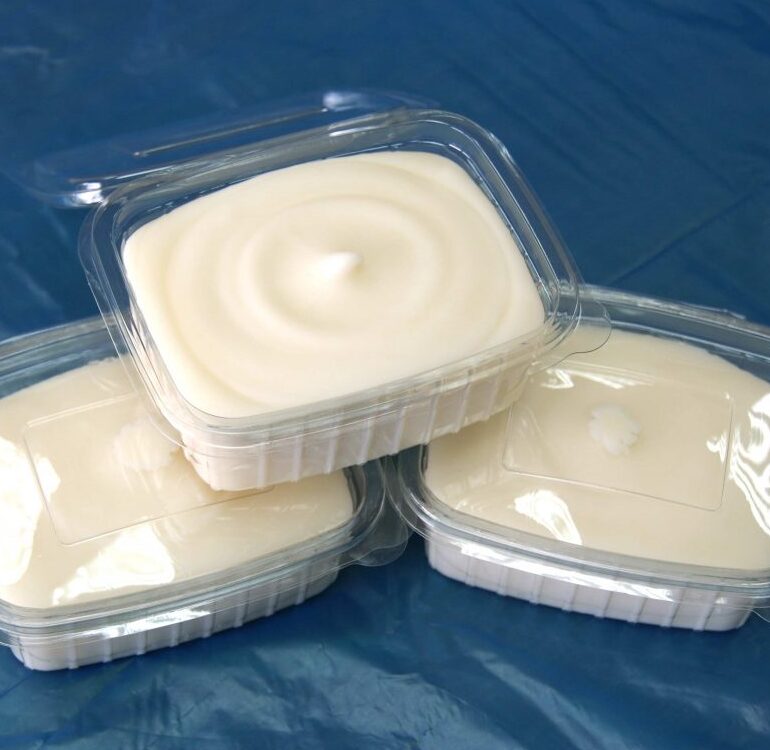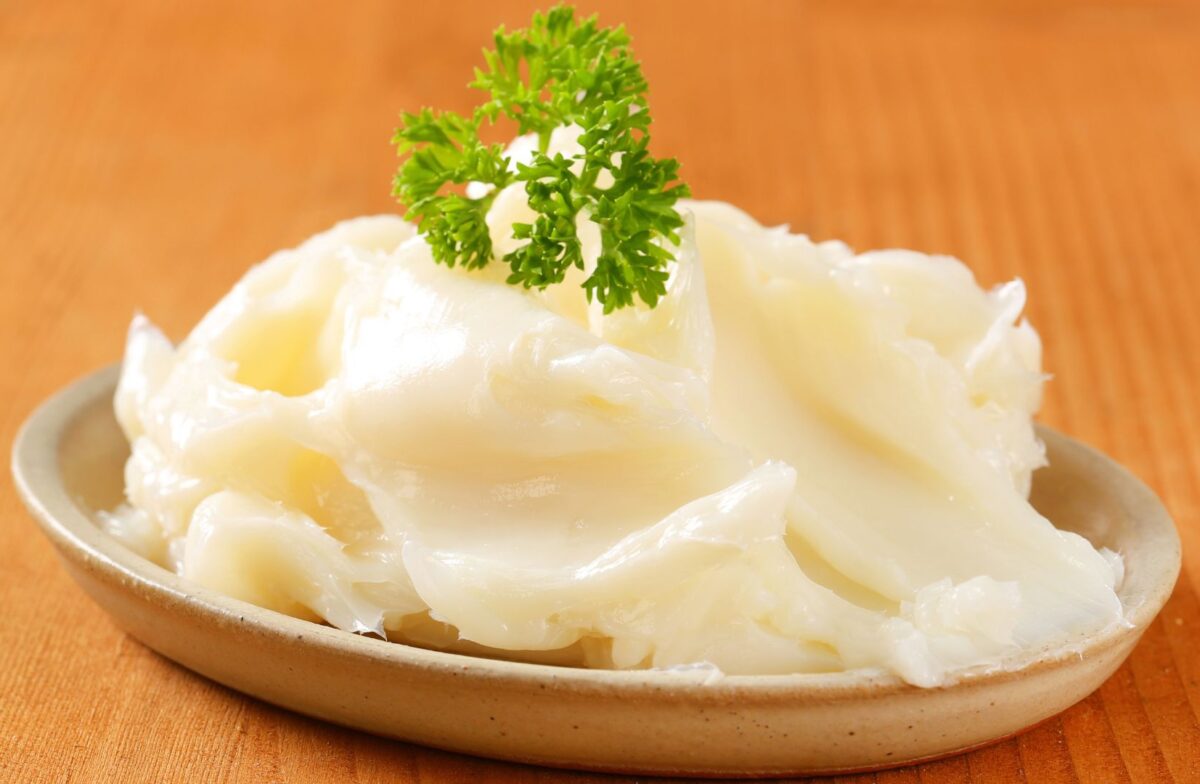The Rebirth of Lard: Tradition and Versatility in the Kitchen
The Rebirth of Lard: Tradition and Versatility in the Kitchen
In Europe's rich culinary history, lard has played a prominent role. For centuries, it was the fat of choice in the cuisine of Christian Europe, while other cultures, such as Jews and Muslims, opted for olive oil for religious reasons. This preference marked a significant gastronomic divide in Medieval and Modern Europe.
However, despite its long history, lard experienced a decline in the 19th century, being displaced by margarine and palm oil fats, a change driven by figures such as Napoleon III.
But why the current resurgence of lard? The answer lies in its nutritional and culinary benefits. Unlike other fats, lard contains no trans fats and, used in moderation, offers a healthy option for cooking. Surprisingly, it contains less saturated fat and cholesterol than butter, as well as health-promoting monounsaturated fats.
From a culinary standpoint, lard is a versatile choice. With a high smoke point, it is ideal for frying a variety of foods, from vegetables to meats. In addition, its use in baking is unsurpassed. Especially popular in Andalusian cuisine, “colorá” lard adds a unique flavor to dishes and is a must in the preparation of puff pastries, cookies and pastry doughs.

Visit our blog where you will find a wide variety of articles related to the world of lard all its properties and uses, where to buy lard from Mantecas Ponsmart and all the latest news.
Latest articles from our blog




